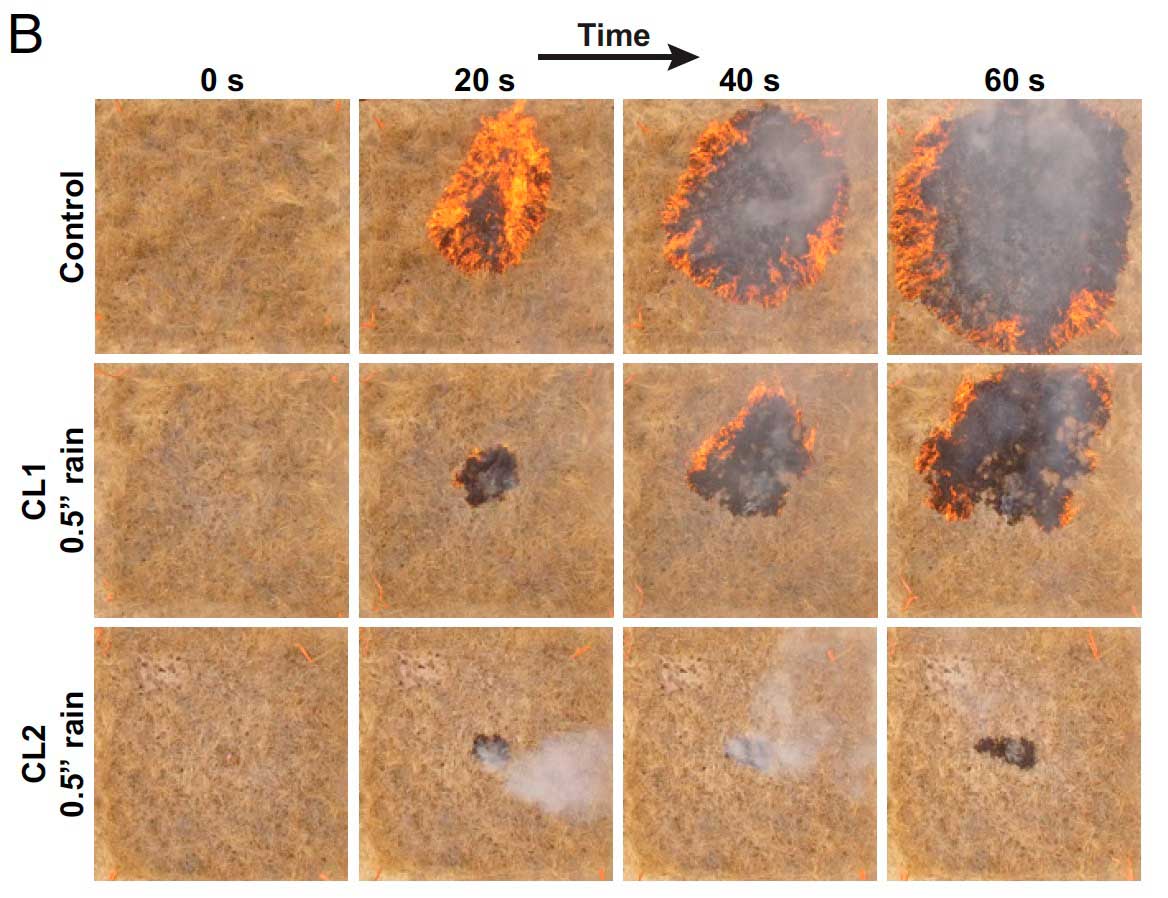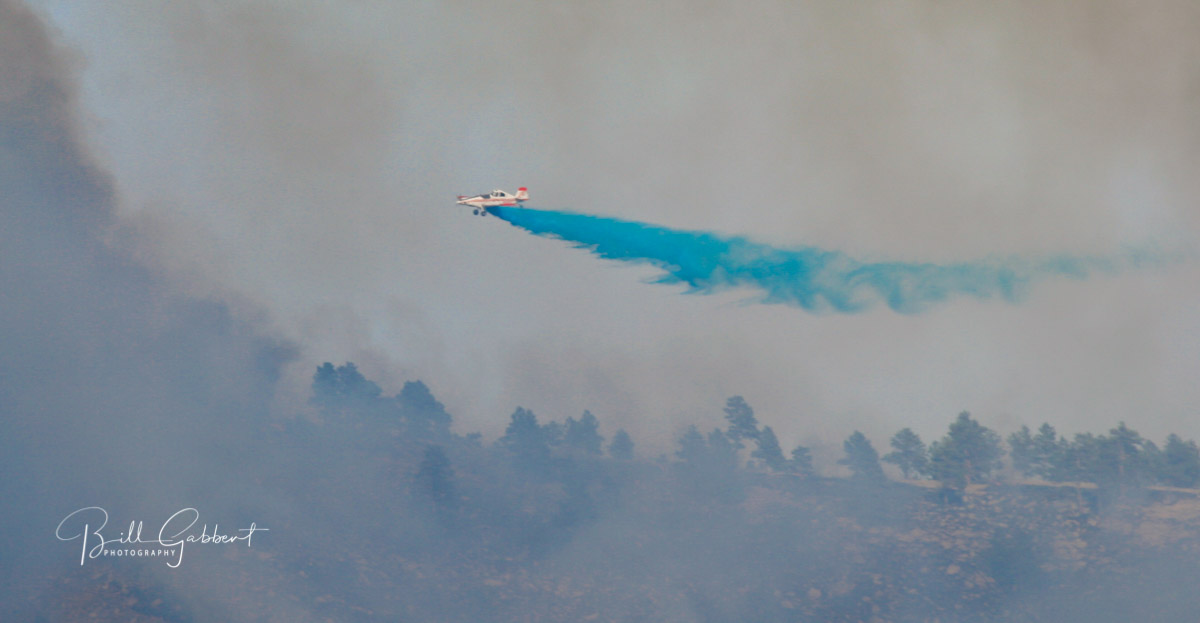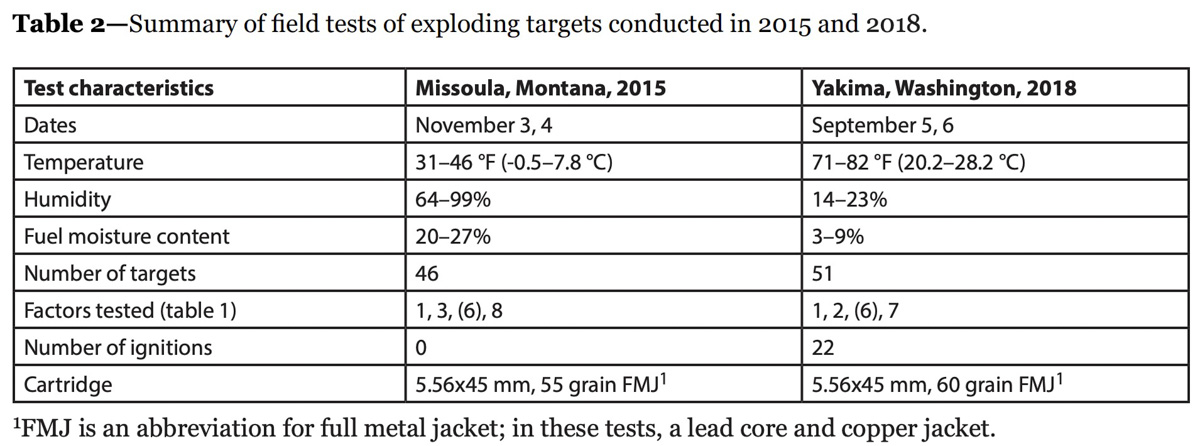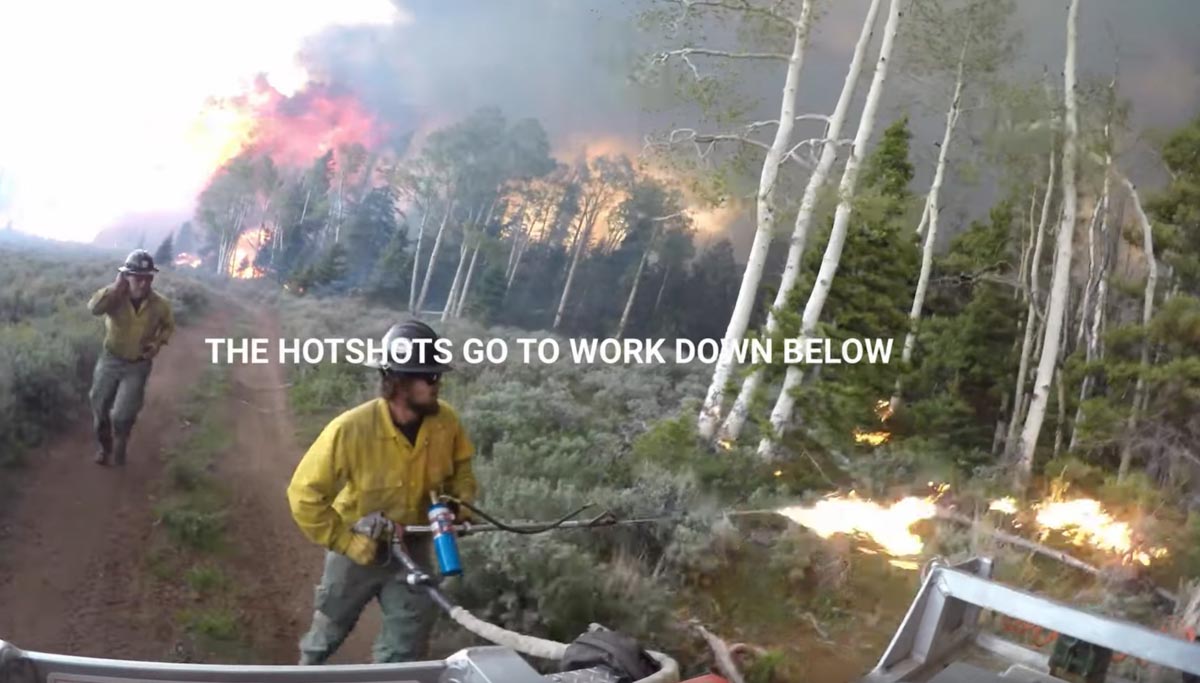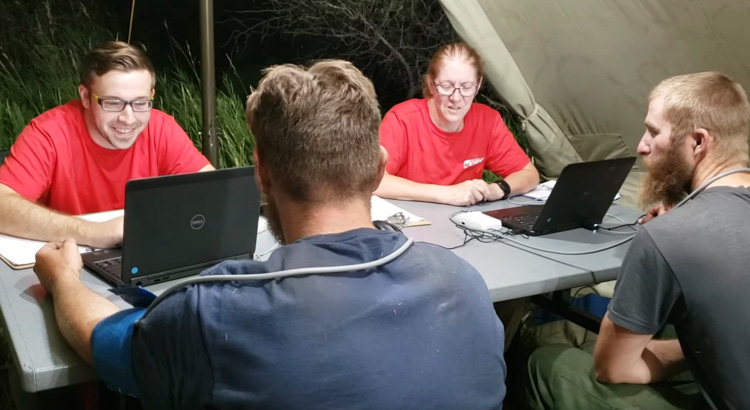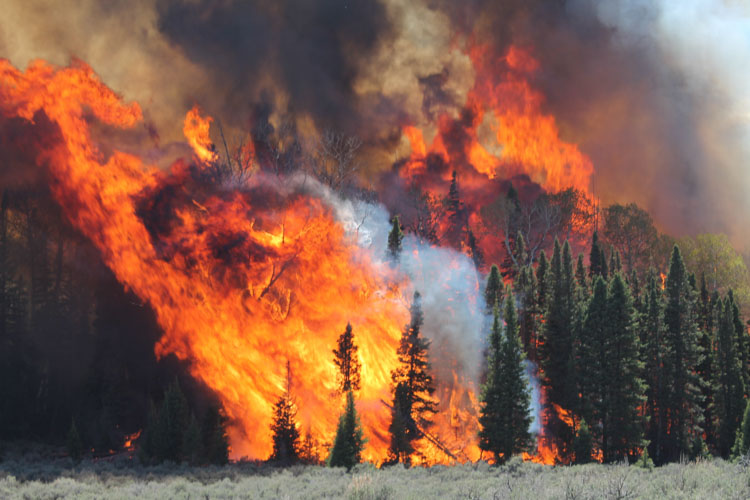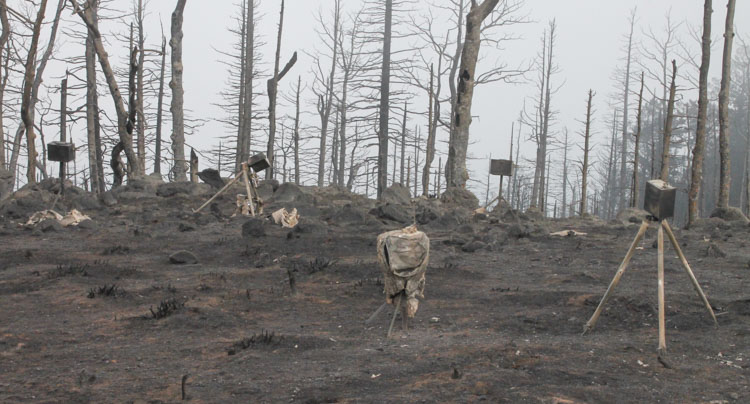Above: Figure 1 from the research paper. Distribution of 166 US wildland firefighter entrapments that occurred within CONUS (1981–2017) by time of day (local time) and month of the year.
On October 9, 2019 a document was published that summarized the work of four researchers who sought to find commonalities that led to the entrapments of firefighters on wildland fires. The paper is titled, “A Classification of US Wildland Firefighter Entrapments Based on Coincident Fuels, Weather, and Topography.” Apparently they were hoping to confirm, fine tune, revise, or update the “Common Denominators of Fire Behavior on Tragedy Fires” defined by Carl C. Wilson after the 1976 Battlement Creek Fire where three firefighters were killed near Parachute, Colorado.
Mr. Wilson developed two lists, one with four items and another with five. Here is the five-item list:
- Most of the incidents occurred on relatively small fires or isolated sectors of larger fires.
- Most of the fires were innocent in appearance prior to the “flare-ups” or “blow-ups”. In some cases, the fatalities occurred in the mop-up stage.
- Flare-ups occurred in deceptively light fuels.
- Fires ran uphill in chimneys, gullies, or on steep slopes.
- Suppression tools, such as helicopters or air tankers, can adversely modify fire behavior. (Helicopter and air tanker vortices have been known to cause flare-ups.)”
The four more recent researchers conducted an analysis of the environmental conditions at the times and locations of 166 firefighter entrapments involving 1,202 people and 117 fatalities that occurred between 1981 and 2017 in the conterminous United States. They identified one characteristic that was common for 91 percent of the entrapments — high fire danger — specifically, when the Energy Release Component and Burning Index are both above their historical 80th percentile.
They also generated an update of the time of day the entrapments occurred as seen in the figure at the top of this article. This has been done before, but it’s worthwhile to get an update. And, this version includes the month.
You can read the entire open access article here. If you’re thinking of quickly skimming it, the 7,000 words and the dozens of abbreviations and acronyms make that a challenge. There is no appendix which lists and defines the abbreviations and acronyms.
The authors of the paper are Wesley G. Page, Patrick H. Freeborn, Bret W. Butler, and W. Matt Jolly.
Below are excerpts from their research:
…Given the findings of this study and previously published firefighter safety guidelines, we have identified a few key practical implications for wildland firefighters:
- The fire environment conditions or subsequent fire behavior, particularly rate of spread, at the time of the entrapment does not need to be extreme or unusual for an entrapment to occur; it only needs to be unexpected in the sense that the firefighters involved did not anticipate or could not adapt to the observed fire behavior in enough time to reach an adequate safety zone;
- The site and regional-specific environmental conditions at the time and location of the entrapment are important; in other words, the set of environmental conditions common to firefighter entrapments in one region do not necessarily translate to other locations;
- As noted by several authors, human factors or human behavior are a critical component of firefighter entrapments, so much so that while an analysis of the common environmental conditions associated with entrapments will yield a better understanding of the conditions that increase the likelihood of an entrapment, it will not produce models or define characteristics that predict where and when entrapments are likely to occur.
[…]
The one characteristic that was common for the majority of entrapments (~91%) was high fire danger. As a general guideline, regardless of location, the data suggest that entrapment potential is highest when the fire danger indices (ERC’ and BI’) are both above their historical 80th percentile. Until recently, spatially-explicit information on fire danger has not been widely available as most firefighters have relied on fire danger information available at specific weather stations, which are often summarized into Pocket Cards [83]. Fortunately, fire danger forecasts across CONUS are now available in a mobile-friendly format (see https://m.wfas.net) that can be displayed spatially for each of the fire danger indices separately or combined into a Severe Fire Danger Index.
[…]
Conclusions
The times and locations where wildland firefighter entrapments occur in the US cover a wide range of conditions. Current firefighter safety guidelines seem to emphasize only a subset of the possible conditions due to a focus on the factors that maximize the potential for extreme fire behavior. While many of these safety guidelines are still intuitively valid, caution should be exercised during relevant firefighter training so as to not ignore or undermine the fact that entrapments and fatalities are possible under a much wider range of conditions.
Despite the wide range of environmental conditions associated with entrapments, we have shown that it is possible to identify unique combinations of environmental variables to define similarities among groups of entrapments, but these will necessarily be context and site specific. For most entrapments, the only common environmental condition was high fire danger, as represented by fire danger indices that have been normalized to represent the historical percentile at a particular location. As such, at large spatial scales, fire danger and its association with fire weather should continue to be monitored and reported to firefighters using both traditional methods (i.e., morning fire weather forecasts) and also newer methods that take advantage of advancements in mobile technology.


